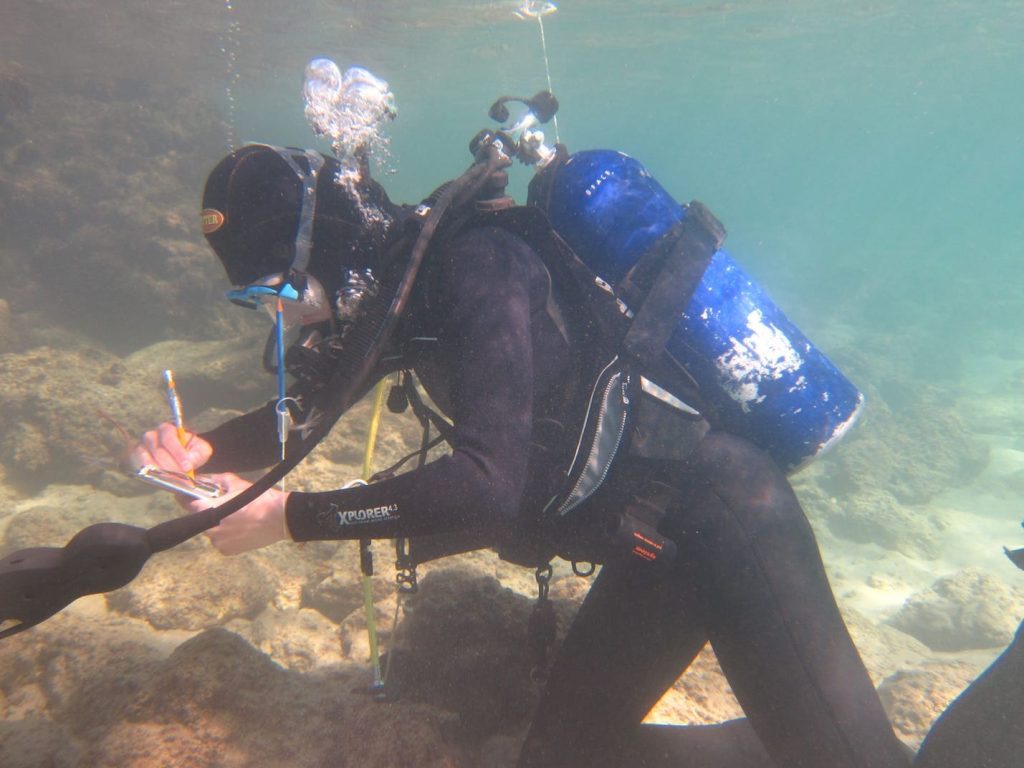New study on sea level rise head by Prof. Assaf Yasur Landau was recently published in Plos ONE.
The article presents new archaeological observations and multidisciplinary research from Dor, Israel to establish a more reliable relative sea level for the Carmel Coast and Southern Levant between the Middle Bronze Age and the Roman period (ca. 3500–1800 y BP). Our record indicates a period of low relative sea level, around -2.5 m below present, from the Middle Bronze Age to the Hellenistic period (ca. 3500–2200 y BP). This was followed by a rapid rise to present levels, starting in the Hellenistic period and concluding during the Roman period (ca. 2200–1800 y BP). These Roman levels agree with other relative sea-level indications from Israel and other tectonically stable areas in the Mediterranean. Several relative sea-level reconstruction models carried out in the current study provide different predictions due to their parameters and do not model the changes observed from field data which points to a non-isostatic origin for the changes. Long-term low stable Iron Age relative sea level can be seen in Dor, where Iron Age harbor structures remain around the same elevation between ca. 3100–2700 y BP. A similar pattern occurs at Atlit, the Iron Age harbor to the north used continuously from ca. 2900 y BP to the beginning of the Hellenistic period (ca. 2200 y BP). An examination of historical and archaeological sources reveals decline and occasional disappearance of Hellenistic sites along the coast of Israel at ca. 2200 y BP (2nd century BCE), as in the case of Yavneh Yam, Ashdod Yam, Straton’s Tower, and tel Taninim. In Akko-Ptolemais, the large harbor installations built in the Hellenistic period were never replaced by a substantial Roman harbor. The conclusions of this research are thus relevant for the sea-level research community and for the historical analyses of the Israeli and South Levantine coastline.
The publication was also featured in the local media in English (Haaretz) and Hebrew (Ynet).


